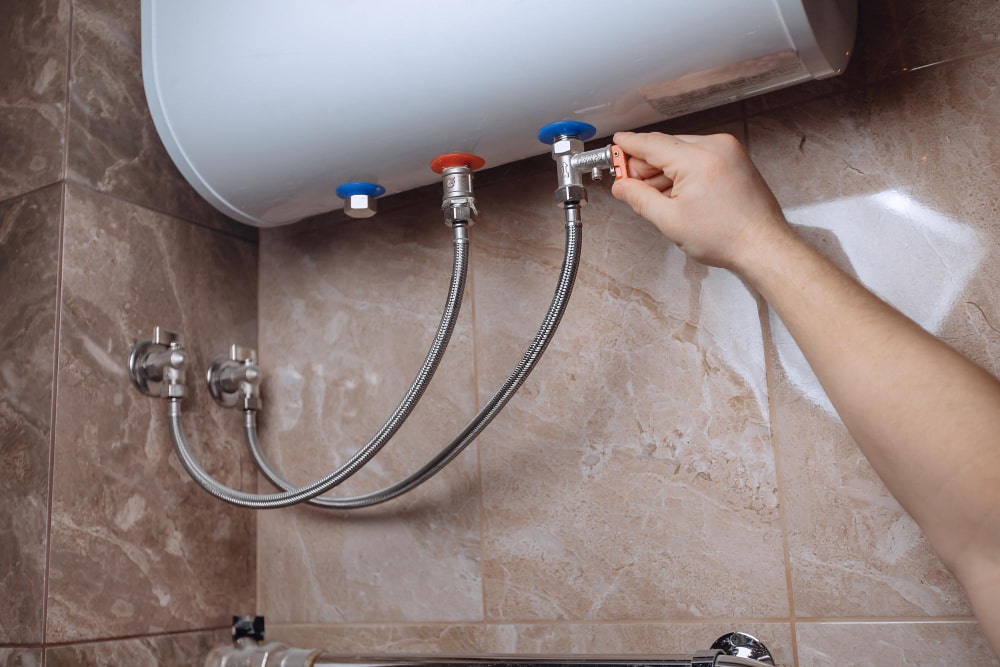Everyone has their own theory with regards to Tips on Maintaining a Water Heater.

Hot water is important for daily convenience, whether it's for a rejuvenating shower or washing meals. To ensure your hot water system runs successfully and lasts much longer, routine maintenance is key. This write-up supplies useful ideas and insights on exactly how to maintain your home's hot water system to stay clear of interruptions and costly fixings.
Intro
Maintaining your home's hot water system could appear overwhelming, however with a couple of easy actions, you can ensure it operates efficiently for years ahead. This guide covers everything from comprehending your hot water system to do it yourself maintenance pointers and knowing when to call expert help.
Value of Maintaining Your Warm Water System
Routine upkeep not only expands the life-span of your hot water system yet additionally ensures it operates effectively. Overlooking maintenance can lead to decreased performance, higher power bills, and also early failing of the system.
Signs Your Warm Water System Needs Maintenance
Recognizing when your warm water system needs attention can protect against major problems. Watch out for indicators such as inconsistent water temperature, unusual sounds from the heating system, or corroded water.
Understanding Your Hot Water System
Before diving right into upkeep jobs, it's useful to understand the basic elements of your hot water system. Commonly, this consists of the hot water heater itself, pipes, anode poles, and temperature level controls.
Monthly Maintenance Tasks
Regular monthly checks can help catch minor problems before they intensify.
Flushing the Water Heater
Flushing your water heater eliminates debris buildup, improving efficiency and extending its life.
Checking and Replacing Anode Rods
Anode rods avoid rust inside the storage tank. Examining and replacing them when worn is important.
Examining and Changing Temperature Level Settings
Changing the temperature settings ensures optimum efficiency and safety and security.
Do It Yourself Tips for Upkeep
You can do a number of maintenance tasks on your own to maintain your warm water system in leading problem.
Checking for Leaks
Routinely inspect pipelines and links for leaks, as these can cause water damage and higher costs.
Checking Pressure Relief Valves
Examining the stress safety valve ensures it functions correctly and protects against extreme pressure build-up.
Shielding Pipes
Shielding hot water pipelines lowers warmth loss and can save energy.
When to Call a Professional
While DIY upkeep is helpful, some problems require professional knowledge.
Complex Concerns Needing Professional Aid
Instances include major leakages, electric issues, or if your water heater is continually underperforming.
Regular Specialist Maintenance Conveniences
Expert upkeep can include comprehensive inspections, tune-ups, and making sure compliance with safety criteria.
Conclusion
Normal maintenance of your home's warm water system is vital for efficiency, long life, and cost financial savings. By adhering to these ideas and understanding when to seek expert aid, you can make sure a dependable supply of warm water without unforeseen disruptions.
How to Maintain an Instant Hot Water Heater
Before tinkering with your hot water heater, make sure that it’s not powered on. You also have to turn off the main circuit breaker and shut off the main gas line to prevent accidents. Also turn off the water valves connected to your unit to prevent water from flowing into and out of the appliance. 2. When you’re done, you have to detach the purge valves’ caps. These look like the letter “T†and are situated on either side of the water valves. Doing so will release any pressure that has accumulated inside the valves while at the same time avoid hot water from shooting out and burning your skin. 3. When the purge valves’ caps are removed, you have to connect your hosing lines to the valves. Your unit should have come with three hoses but if it didn’t, you can purchase these things from any hardware or home repair shops. You can also get them from retail stores that sell water heating systems. Read the user’s manual and follow it to complete this task properly. When the hosing lines are connected, open the purge port’s valves. 4. You should never use harsh chemical cleaners or solutions when cleaning your unit. Make use of white vinegar instead. It should be undiluted and you’ll probably use about 2 gallons. 5. Now flush your water heater. This task should probably take about 40 minutes. We can’t give you specific directions for this because the procedure is carried out depending on the type, model and brand of your heater. With that being said, refer to the user’s manual. 6. When you’re done draining the unit, you have to turn off the purge port valves again. Remove the hosing lines that you earlier installed on each of the water valves. Put the valve caps (purge port) back in their respective places and be very careful so as not to damage the rubber discs that are found inside these caps. 7. Now that everything’s back in place, check your user’s manual again to find out how to reactivate your water heating system. 8. Once it is working, turn one of your hot water faucets on just to let air pass through the heater’s water supply pipes. Leave the tap on until water flows smoothly out of it. https://www.orrplumbing.com/blog/2014/september/how-to-maintain-an-instant-hot-water-heater/

I ran across that review on Water Heater Maintenance Tips You Can't Afford to Forget when doing a lookup on the internet. Enjoyed reading our piece of writing? Please quickly share it. Help other people locate it. We treasure your readership.
Click Here